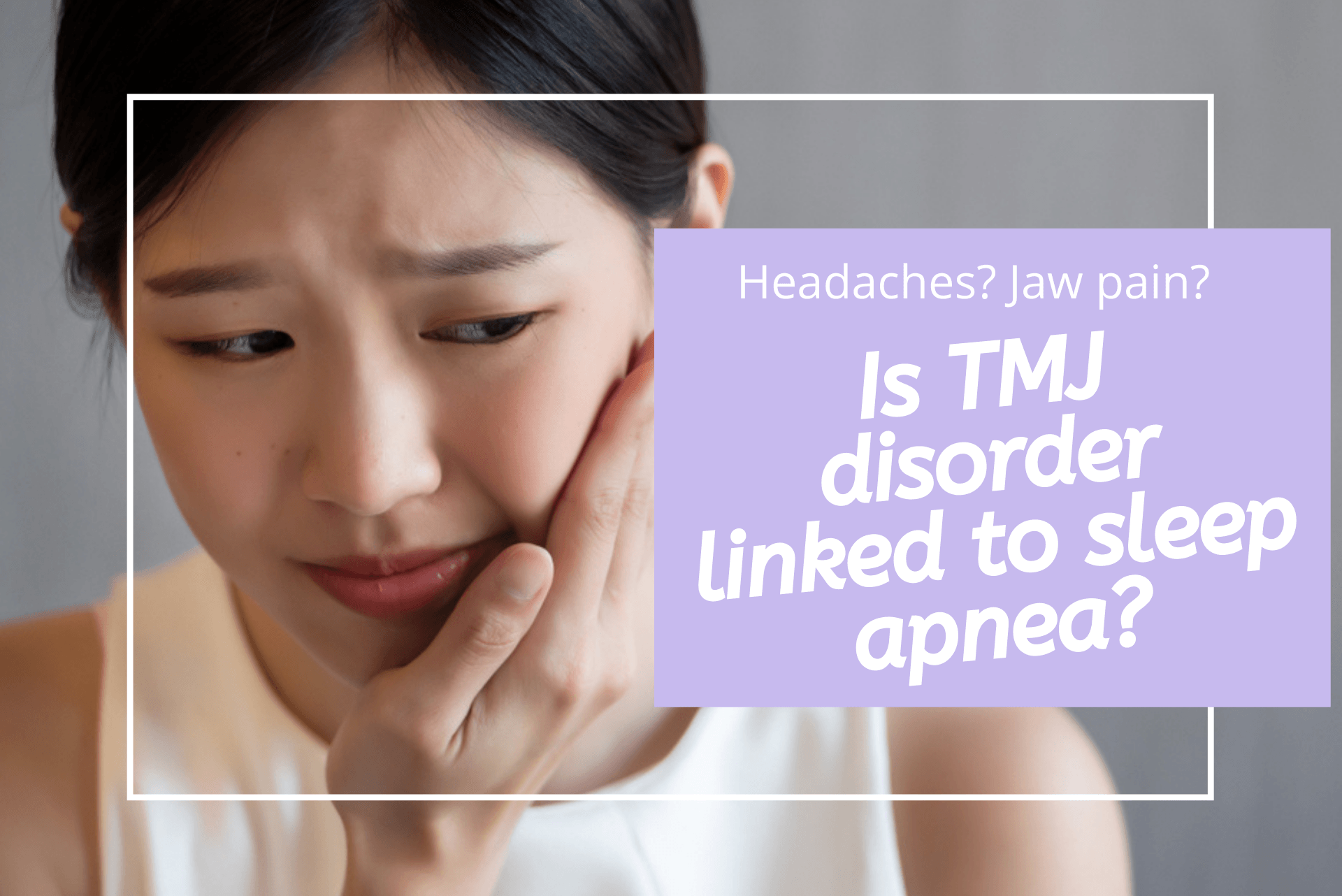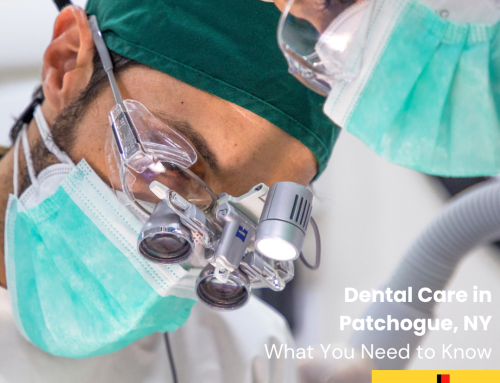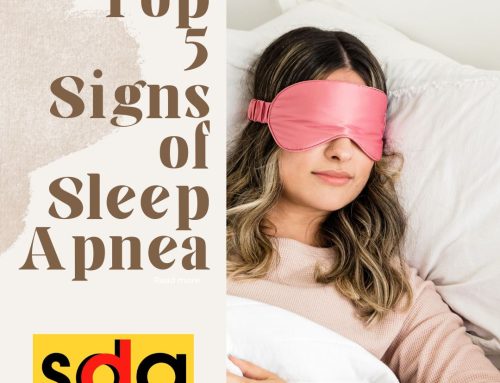
Obstructive sleep apnea (OSA) and Temporomandibular Joint Disorder (TMD/TMJ disorder) …what do the two have in common? A lot, apparently.
Signs and Symptoms
Many of the warning signs of sleep apnea are the same as TMJ disorder. Here are some of the red flags to be on the lookout for:
- Headaches and migraines
- Flat, worn, or chipped teeth
- Broken dental work
- Sore jaws and teeth
Sleep Apnea’s Influence on TMJ Disorder
When someone has a sleeping disorder such as obstructive sleep apnea, there’s a tendency for their brain and body to respond in specific ways. During sleep, oxygen deprivation to their lungs and brain lead to an automatic clenching of their teeth and contraction of the TMJ joints. This process causes constant tension in the jaws that potentially lasts hours a night, depending on the person’s sleeping habits.
In the morning, the combination of various TMJ and sleep apnea symptoms often overlap one another. Headaches and jaw pain, combined with fatigue, make it difficult to differentiate whether you have a sleeping problem or TMJ disorder.
It’s no surprise that apnea sufferers instinctively identify one of the two issues, rather than the other (or even both of them.) It could be that they have the other condition or both co-existing at the same time.
Can Treating One Help with the Other?
Managing TMJ disorder and teeth grinding can prevent the tension and pain that radiates through your jaw, face, and neck. It does not, however, address the lack of oxygen flow to your brain caused by a clinical sleeping disorder. In that scenario, it’s crucial to address the sleeping disorder so that your body can get the rest and oxygenation that it needs overnight.
If the overall cause of jaw pain is due to a sleeping disorder, then treating your OSA should secondarily address the onset of bruxism while you sleep. Since there’s no longer oxygen deprivation, your brain isn’t telling your TMJ and teeth to tighten up.
Getting a Formal Diagnosis
Screening for sleeping disorder or TMJ pain isn’t a complicated process. By evaluating your oral anatomy and reviewing the details surrounding your symptoms — and possibly even ordering a home sleep kit — you can get the answers you need to get on the path to recovery.
Although bruxism may seem like more of a bother than a concern, undiagnosed sleep apnea can be life threatening. In worst-case scenarios, OSA can potentially raise your chances of suffering from a cardiovascular event. You owe it to yourself and your family to rule out any serious medical disorder. A great dentist can help.
In Pain? Call Sachem Dental Group
Our Long Island dentists have over 35 years’ experience caring for the smiles in Suffolk County. If you’re experiencing warning signs of a sleeping disorder or TMJ pain, contact our office. We’ll walk you through the screening process and help you identify the best plan of care to get you out of pain.
Call Sachem Dental Group now to reserve your appointment.





